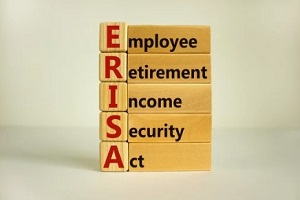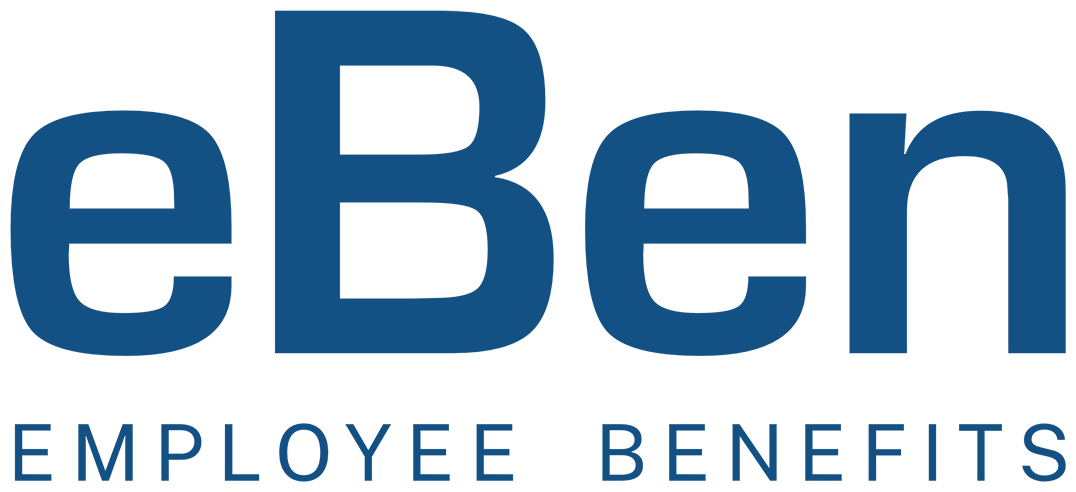Most employers understand the importance of complying with the documentation and disclosure requirements under the Employee Retirement Income Security Act with respect to their retirement plans, such as their 401(k), pension or profit-sharing plan. Unfortunately, most do not devote adequate time to their health and welfare benefit plans.
 With the U.S. Department of Labor conducting more frequent ERISA compliance audits, employers are encouraged to confirm their compliance with the law’s disclosure, documentation and annual reporting requirements. A wrap document can help employers meet these important obligations.
With the U.S. Department of Labor conducting more frequent ERISA compliance audits, employers are encouraged to confirm their compliance with the law’s disclosure, documentation and annual reporting requirements. A wrap document can help employers meet these important obligations.
The Federal Employee Retirement Income Security Act (ERISA) requires employers to provide all employees who participate in retirement or group health benefit plans with a Summary Plan Description (SPD). An SPD and WRAP plan helps identify the benefits offered by the program and gives employees detailed information that outlines how the plan works.
Working with a qualified employee benefits consultant can help ensure that these documents contain all of the necessary information to properly help employees and maintain compliance.
What Is a Wrap Plan?
A wrap plan is a simple document that provides supplemental data for a welfare benefit plan, such as a benefits booklet or insurance certificate. It is referred to as a wrap document as it essentially wraps around the booklet or certificate to fill in important ERISA-required provisions that may be missing. The wrap document incorporates the benefits booklet or insurance certificate, meaning the plan’s benefit provisions continue to be governed by the terms of the documents.
When wrap documents are used, an ERISA plan document consists of two main pieces:
- The benefits booklet or insurance certificate which reflects many of the plan’s key terms and requirements.
- The wrap document that provides ERISA-required data that may be missing from the benefits booklet or insurance certificate.
How to Develop a WRAP
 Businesses that offer group health insurance are required to distribute an ERISA wrap document to all plan participants within 120 days of the health insurance plan’s effective data. The wrap document applies to all employer-sponsored group health insurance offerings, even if the plan only covers one employee.
Businesses that offer group health insurance are required to distribute an ERISA wrap document to all plan participants within 120 days of the health insurance plan’s effective data. The wrap document applies to all employer-sponsored group health insurance offerings, even if the plan only covers one employee.
Wrap documents are especially important for large employers who have 100 or more employees and are subject to Form 5500 reporting. Wrap documents should contain a variety of information, including the following:
- Name of the plan, name and address of the plan sponsor and employer identification number (EIN)
- The plan number, plan year and type of welfare plan
- How the plan is administered, the name and contact information of the plan administrator, and the name and contact information of the Agent for Service of Legal Process
- Equality requirements and statement of when benefits may be forfeited or denied
- COBRA statement of rights and FMLA procedures
- Schedule of required participant contributions and source of contributions
- Procedures of Qualified Medical Child Support Order (QMSCO) and a statement about the right to access documents for adverse benefit determinations
- Statement of ERISA rights, Newborns’ and Mothers Health Protection Act disclosure and HIPAA privacy procedures and special enrollment rights
- Women’s Health and Cancer Rights Act (WHCRA) disclosure
- Terms by which an employer may amend or terminate a plan
- CHIPRA special enrollment rights disclosure
- Contact information of health insurer (for insured plans)
- Cost-sharing details like deductibles and coinsurance, as well as procedures to follow for submitting a claim
Employers are sometimes under the impression that their insurance company will prepare the appropriate documents for compliance. However, documents that are provided by insurance companies are not always comprehensive and may not include all of the disclosures required by ERISA.
Instead, documents provided by insurance companies are typically standardized and do not contain tailored information that must be disclosed to employees.
Consequences of Non-Compliance
 The Department of Labor (DOL) may impose certain penalties for non-compliance if businesses fail to meet ERISA requirements. These penalties may include a fine of $152 per day if an employer fails to provide documents requested by the DOL.
The Department of Labor (DOL) may impose certain penalties for non-compliance if businesses fail to meet ERISA requirements. These penalties may include a fine of $152 per day if an employer fails to provide documents requested by the DOL.
In addition, an employer may be charged a penalty of $110 per day if they fail to provide a wrap document to employees within a specified period of time. If plan disclosures are not met, participants have the legal right to file a lawsuit against their employer. There is also a penalty of up to $2,140 per day, per plan if an employer fails to file.
Get Started with eBen
Employers are required to establish and maintain a written plan document for each benefit plan that includes specific elements that are described by ERISA. However, creating these documents can often be challenging.
At eBen, we provide summary plan descriptions and wrap documents for all of our clients. For more information or to get started, contact eBen at (910) 518-9338 or use our convenient online contact form.


